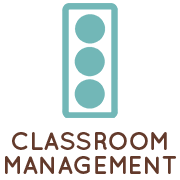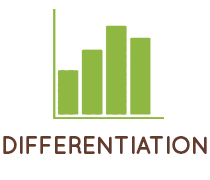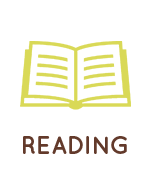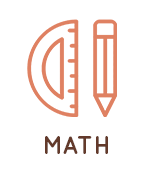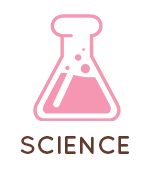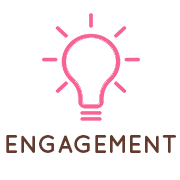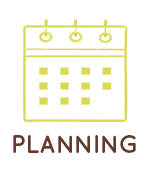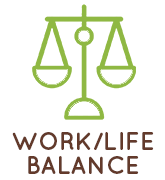Buckle up, friends. Today, we’re tackling that pesky problem that plagues every single classroom: the achievement gap.
The world is recovering from COVID-19, but its damage in classrooms will be felt for many years to come. While the achievement gap has been around for eons, there’s no denying that the coronavirus pandemic exacerbated its effects. Students already at a disadvantage due to poverty or race are even worse off, while students who were previously unaffected are now struggling. In short, it is HARD to be a student right now!
Of course, as we know, the achievement gap in your classroom is not a reflection of you. It’s not the presence of an achievement gap that defines your teaching ability—it’s how you handle it and work toward closing that gap. As a teacher, you are responsible to ensure your kiddos have at least one year’s growth from their starting point; their starting point is out of your control, but you can employ a variety of strategies to close that learning gap.
To help you out, I’ve called in a few experts that have plenty of experience with learning gap struggles. They’ll be sharing a plethora of tips you can employ to smash that achievement gap down below the break.
And, hey, if you’re here, that means you’re proving your greatness by working toward a solution! You deserve a virtual high-five for that one. You deserve more, too… Like these five strategies to CRUSH that achievement gap in your classroom. Let’s take a look at my friends’ suggestions!
Grapplin’ with that Achievement Gap?
🌟 Finding time to search for strategies that close the achievement gap can be incredibly hard. Ronnie from A Teacher’s Wonderland has some ideas for you. A lot of times, we need to focus on finding where our students are struggling. What if the students are struggling on a specific math skill, but you aren’t quite sure which one?
Ronnie has some ideas for you. Start with a list of the standards that your students must master before the big state test. When you determine the standards, give students a quick assessment. Sometimes, Ronnie has students explain what they did while working on the question to identify the exact point where the student was confused or lost track of what they were working on. These assessments are great to check in on your students in an academic aspect.

🌟 For struggling readers, it’s important to find many ways to teach reading skills in many different ways and with stretch texts. Carla from Comprehension Connection enjoys using her paper bag book projects in conjunction with mentor texts to work on specific reading skills. The projects include teaching pages for small groups, guided practice activities you can use with learning partners, and independent practice. She also teaches close reading strategies to help students learn to use selective highlighting vs “painting the page” as well as the sticky note strategy to help them identify big ideas from their reading.

🌟 To help close learning gaps in her ELA classroom, Marissa from Creative Classroom Core likes to incorporate close reading activities into her lessons. Close reading strategies provide a structured and systematic approach to reading that can be particularly beneficial for students who need extra support to catch up with their peers. Because close reading requires students to read and reread a text multiple times, focusing on different aspects with each reading, it helps students comprehend text at a much deeper level. Marissa loves that close reading allows teachers to target specific reading skills that students may be struggling with. By breaking down the reading process into smaller, manageable parts, teachers can address issues with decoding, inference-making, summarization, and more. Learn more about close reading (and grab a great freebie!) on the Creative Classroom Core blog.
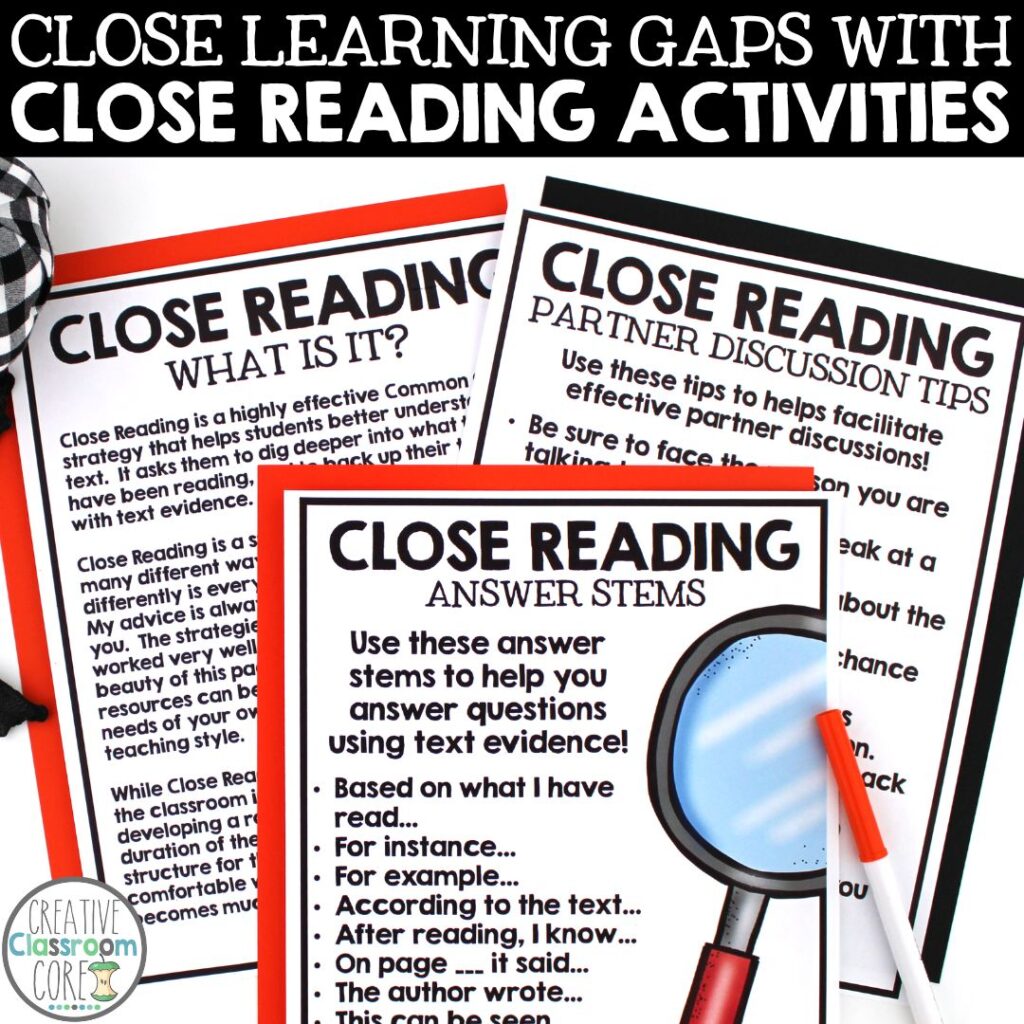
🌟 Scaffolding is an effective teaching strategy that involves breaking down complex tasks into smaller, more manageable steps. By providing students with support and guidance, teachers can help them develop the skills and knowledge necessary to complete the task independently. This approach, often used by Amber from TGIF, is particularly helpful for students who may be struggling academically, as it allows them to build on their existing knowledge and gradually work their way towards mastery. By using scaffolding in the classroom, teachers can help close the learning gap by providing all students with the support they need to succeed. Students who may have previously struggled to keep up with their peers can now work at their own pace and gradually build the skills and knowledge they need to succeed. For step by step lessons with pictures included on how to use scaffolding in math, check out this post from Amber on teaching the distributive property of multiplication.

🌟 Switching from traditional parent-teacher conferences to student-led conferences can be an effective way to close the achievement gap for students. When students lead their own conferences, they take ownership of their learning. This empowers them to set academic goals and work towards achieving them, which can be beneficial for students who are falling behind. Tiffany from The Learning Effect has found that switching to student-led conferences increases parent involvement and student accountability. This powerful combo has a positive impact on academic achievement! During their conference, students focus on their strengths and areas for growth, which gives them confidence in making a personalized learning plan with their parents. Encouragement and support from parents in the classroom setting help set students up for success. The conference process no longer excludes students from having a say in their educational journey but instead puts them at center stage. Learn more about student-led conferences and grab a free conference planning checklist from The Learning Effect.

Regardless of how you choose to bridge the achievement gap in your classroom, you can rest easy knowing that you’re on the path to give your upper elementary students the best year yet. No kiddo needs to be left behind due to circumstances beyond their control, but thankfully, you’re there to stop them from slipping through the cracks.
Approaching the learning gap is not an easy thing to do, and it can be a bit of a tricky topic, but it’s so important to take steps to present equal opportunities to every single student. Ultimately, you know your unique students best, and there’s no one-size-fits-all solution.
By offering a path across the achievement gap, you’ll be their cheerful chauffeur on their academic journey. And, since your classroom is different from all others, tell us all about any helpful techniques you’ve developed in the comments!


Take Your Students on an Adventure!
Get ready for an adventure like no other with this elapsed time math game. This engaging resource lets students create their own adventure while developing their elapsed time skills. Students will love the experience of creating their own story, while you’ll appreciate the educational value.
Click here to grab your FREE activity and take your students on a journey they’ll never forget!

